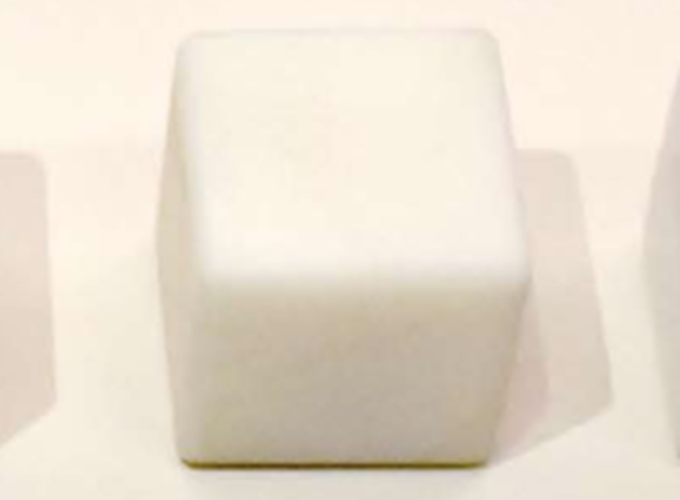Towards the Meaningful 3D-Printed Object- Understanding the Materiality of 3D Prints

Towards the Meaningful 3D-Printed Object- Understanding the Materiality of 3D Prints
Abstract
Digital fabrication (e.g. 3D printing) provides opportunities for people to create or adapt objects to their needs and prefer- ences. While research has frequently studied applications of 3D printing, little is understood on how people engage with 3D-printed objects after production. This paper begins to fill in this gap by investigating how people perceive 3D-printed objects at two levels – first, basic material properties, and second, meaning or interpretation. A study was conducted with 22 participants comparing 3D-printed objects made of two materials (SLA resin and PLA) with mass-manufactured plastic objects. Qualitative and quantitative results revealed that people perceive material differences in texture, shine and quality, and that they interpret 3D-printed and mass-manufactured objects differently. The study results can inform the design of 3D printing technology and software such that resultant objects are better aligned with users’ design intents and preferences.